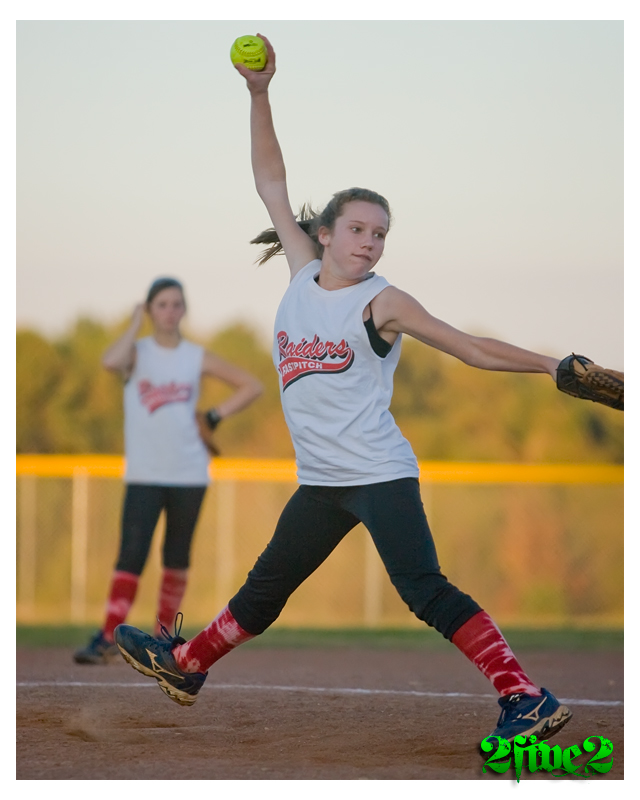"It wasn't the ball going through the shortstops legs or the cleanup hitter swinging at a pitch over her head that cost us the game, it was because the pitcher failed to drag her right foot."
The funniest thing I ever heard at a softball game:
The batter swung at a pitch at her eyes. The umpire called the next pitch a strike even though it was at her shoulders. The batter looked down to the third base coach with a "can you believe the umpire called that a strike?" look. The 3rd base coach said, "Don't look down here at me. The umpire's got a better strike zone than you."
The funniest thing I ever heard at a softball game:
The batter swung at a pitch at her eyes. The umpire called the next pitch a strike even though it was at her shoulders. The batter looked down to the third base coach with a "can you believe the umpire called that a strike?" look. The 3rd base coach said, "Don't look down here at me. The umpire's got a better strike zone than you."
Last edited:






